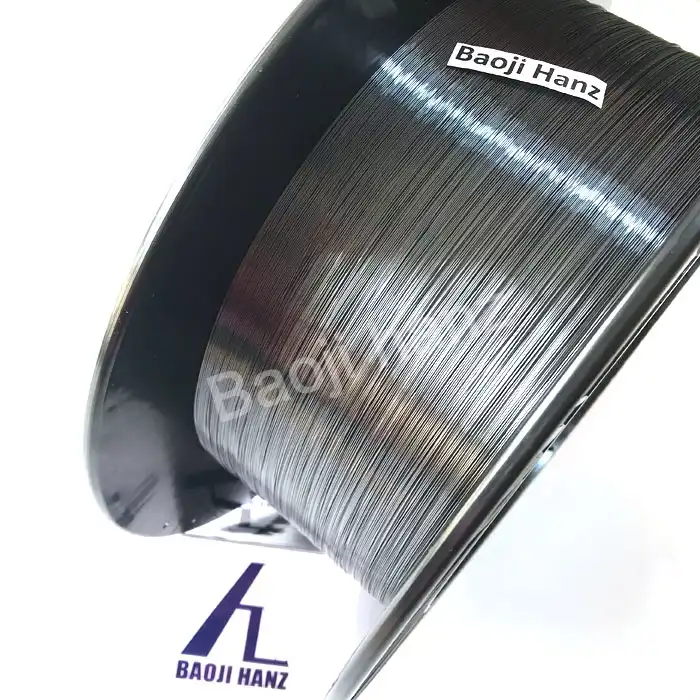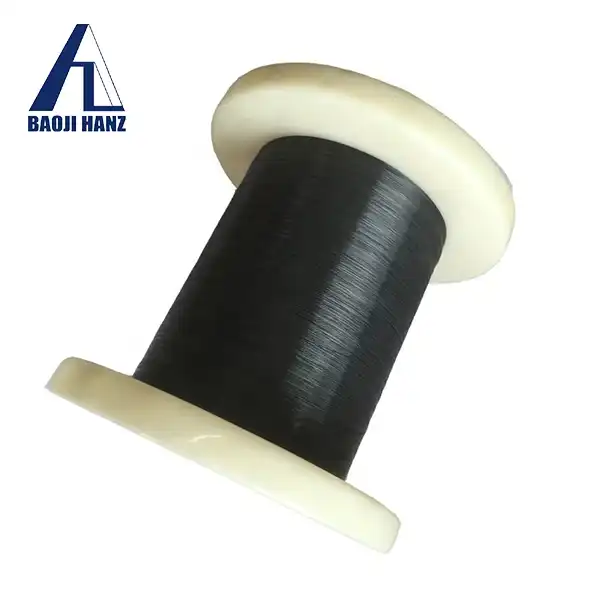How to set nitinol wire?
2024-07-12 18:50:31
Setting nitinol wire involves a process of shaping and heat treatment:
Shape Formation: Bend or form the nitinol wire into the desired configuration using tools or fixtures.
Heat Treatment: Heat the wire above its transformation temperature, typically between 450°C and 550°C (842°F to 1022°F), for a few minutes to stabilize the new shape.
Quenching: Rapidly cool the wire in water or air while maintaining the desired shape to lock in the memory effect.
Verification: Test the wire to ensure it retains the set shape and exhibits the desired shape memory and superelastic properties.
By following these steps, nitinol wire can be effectively trained to maintain complex shapes for use in various applications.
What is the Best Way to Shape Set Nitinol Wire?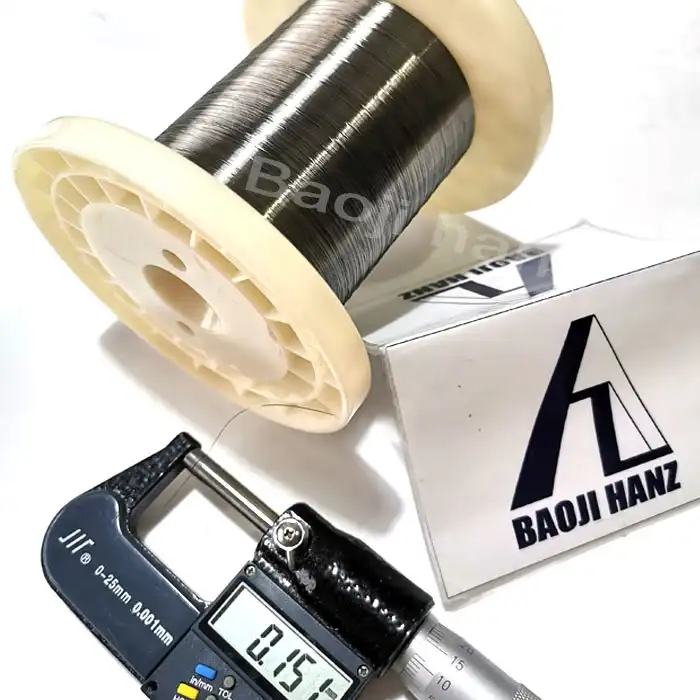
To set the shape of nitinol wire, the wire must undergo a precise heat treatment process. Here’s a detailed step-by-step guide:
-
Create a Form: The first step in shape-setting nitinol wire involves creating a form or fixture that holds the wire in the desired shape. This form acts as a mold that the wire will conform to during the heat treatment process.
-
Constrain the Wire: Secure the wire in the form to ensure it remains in the desired shape throughout the heat treatment. The wire must be held under load to maintain its form.
-
Heat Treatment: Heat the constrained wire to a specific temperature, typically around 500°C (932°F). This temperature can vary depending on the exact composition and desired properties of the nitinol wire.
-
Quenching: After the wire has been held at the target temperature for the required duration, it is rapidly cooled or quenched. Water quenching is commonly used to quickly bring down the temperature, locking in the shape.
-
Testing and Adjustments: Once cooled, the wire should be tested to ensure it retains the desired shape. If necessary, adjustments can be made by repeating the process with modifications to the form or heat treatment parameters.
This process of heat treating and quenching allows the nitinol wire to "remember" the shape it was set in. When later deformed at temperatures below its transformation temperature, it will return to its original shape when heated above this temperature.
How Does Nitinol Wire Work in Medical Devices?
Nitinol wire is extensively used in medical devices due to its unique properties, particularly its shape memory and superelasticity. These properties make it ideal for creating minimally invasive tools that can change shape inside the human body. Here’s how nitinol wire works in medical applications:
-
Shape Memory Effect: Nitinol wire can be deformed at lower temperatures and return to its pre-set shape when heated above its transformation temperature. This feature is crucial for devices like stents and guidewires, which can be compactly inserted into the body and then expand to their functional shape once inside.
-
Superelasticity: Above its transformation temperature, nitinol wire exhibits superelastic behavior. This allows the wire to undergo significant deformation and still return to its original shape once the stress is removed. This property is particularly beneficial for orthodontic wires and other flexible medical tools.
-
Biocompatibility: Nitinol's compatibility with the human body makes it an excellent material for implants and other medical devices. Its ability to withstand the body's environment without causing adverse reactions is a significant advantage.
Applications of nitinol wire in medical devices have revolutionized various procedures, enabling less invasive treatments and quicker recovery times for patients. Examples include expandable stents used to keep blood vessels open and orthodontic devices that apply continuous pressure to teeth for alignment.
Why is Nitinol Wire Used in Aerospace Engineering?
Nitinol wire's unique properties also make it valuable in aerospace engineering. Here’s why it is widely used in this industry:
-
High Fatigue Strength: Nitinol wire can endure repetitive stress and strain cycles without permanent deformation. This high fatigue strength is essential for aerospace components that experience constant motion and pressure changes.
-
Thermal Stability: Nitinol wire can operate at a wide range of temperatures, making it suitable for environments with extreme thermal variations, such as those found in aerospace applications.
-
Lightweight and Strong: Nitinol wire is both lightweight and strong, reducing the overall weight of aerospace components without compromising their structural integrity. This is crucial for enhancing fuel efficiency and performance in aircraft design.
-
Shape Memory and Superelasticity: The shape memory effect and superelasticity of nitinol wire are leveraged in aerospace engineering for actuators and sensors. For example, nitinol actuators are used in aircraft wing flaps and landing gear components to provide precise control and adjustment.
Nitinol wire’s ability to return to its original shape after deformation and its durability in harsh conditions make it an invaluable material in advancing aerospace technology.
Conclusion
Setting nitinol wire involves a meticulous process of heat treatment and quenching to achieve the desired shape memory effect. This unique material finds extensive applications in medical devices and aerospace engineering due to its shape memory, superelasticity, biocompatibility, and thermal stability. Understanding how to set nitinol wire and its various applications can provide insights into its versatile and transformative role in modern technology.
References
- Custom Wire Technologies. (n.d.). Nitinol Shape Setting. Retrieved from Custom Wire Technologies
- GEE Nitinol. (n.d.). How Memory Shape Alloy Nitinol Wire Works. Retrieved from GEE Nitinol
- Today’s Machining World. (n.d.). How it Works – Developing a Good Memory: Nitinol Shape Memory Alloy. Retrieved from Today's Machining World
- Johnson Matthey. (n.d.). Nitinol Shape Setting. Retrieved from Johnson Matthey
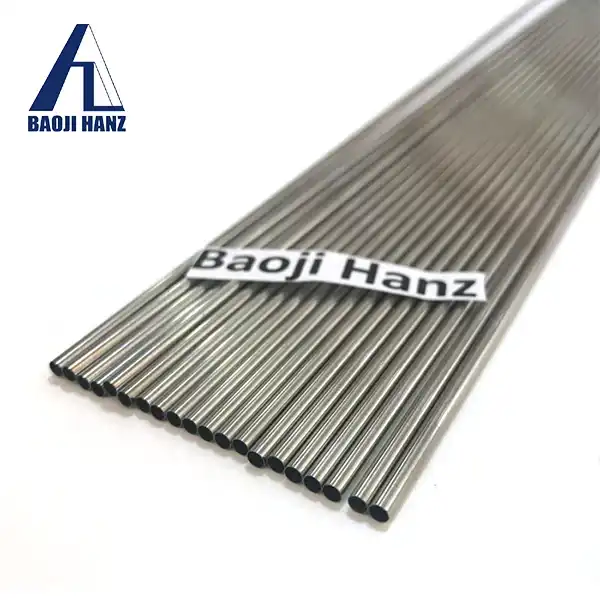
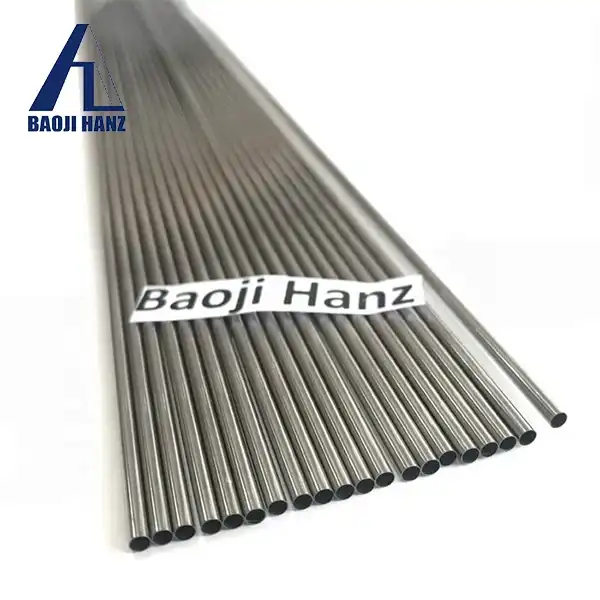
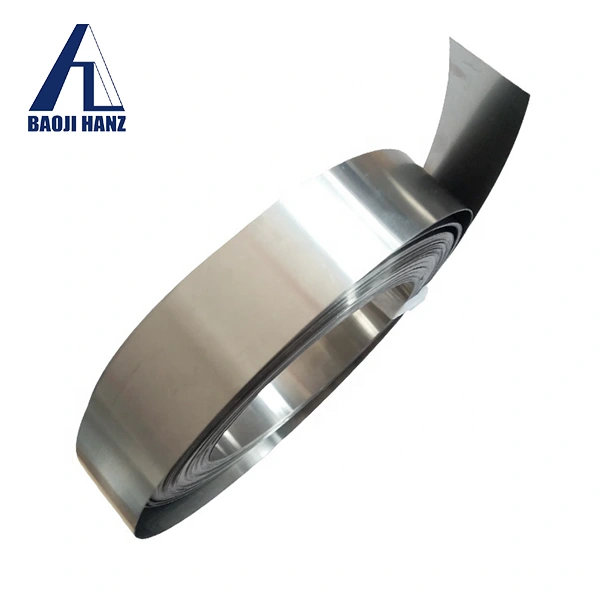
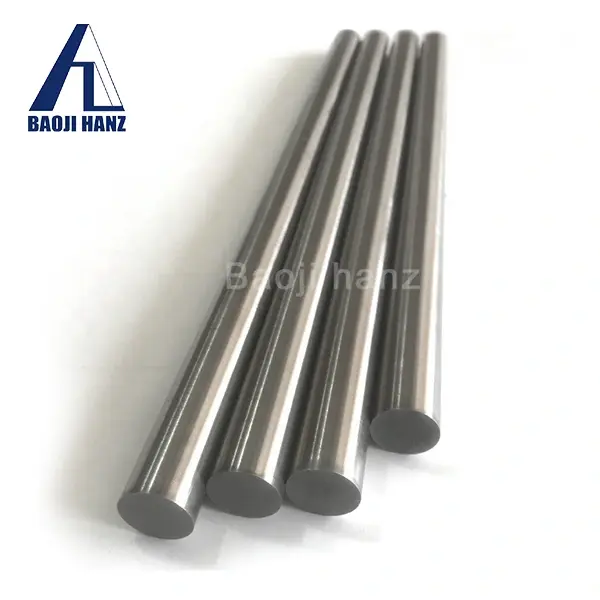

.webp)
